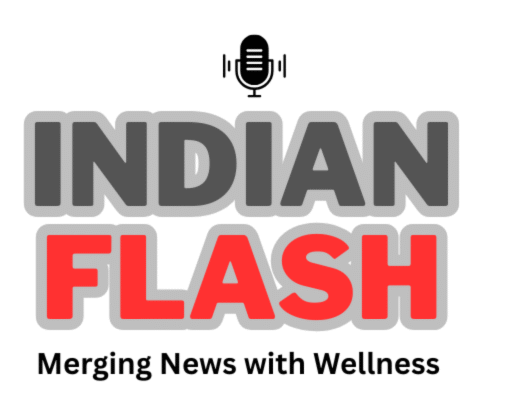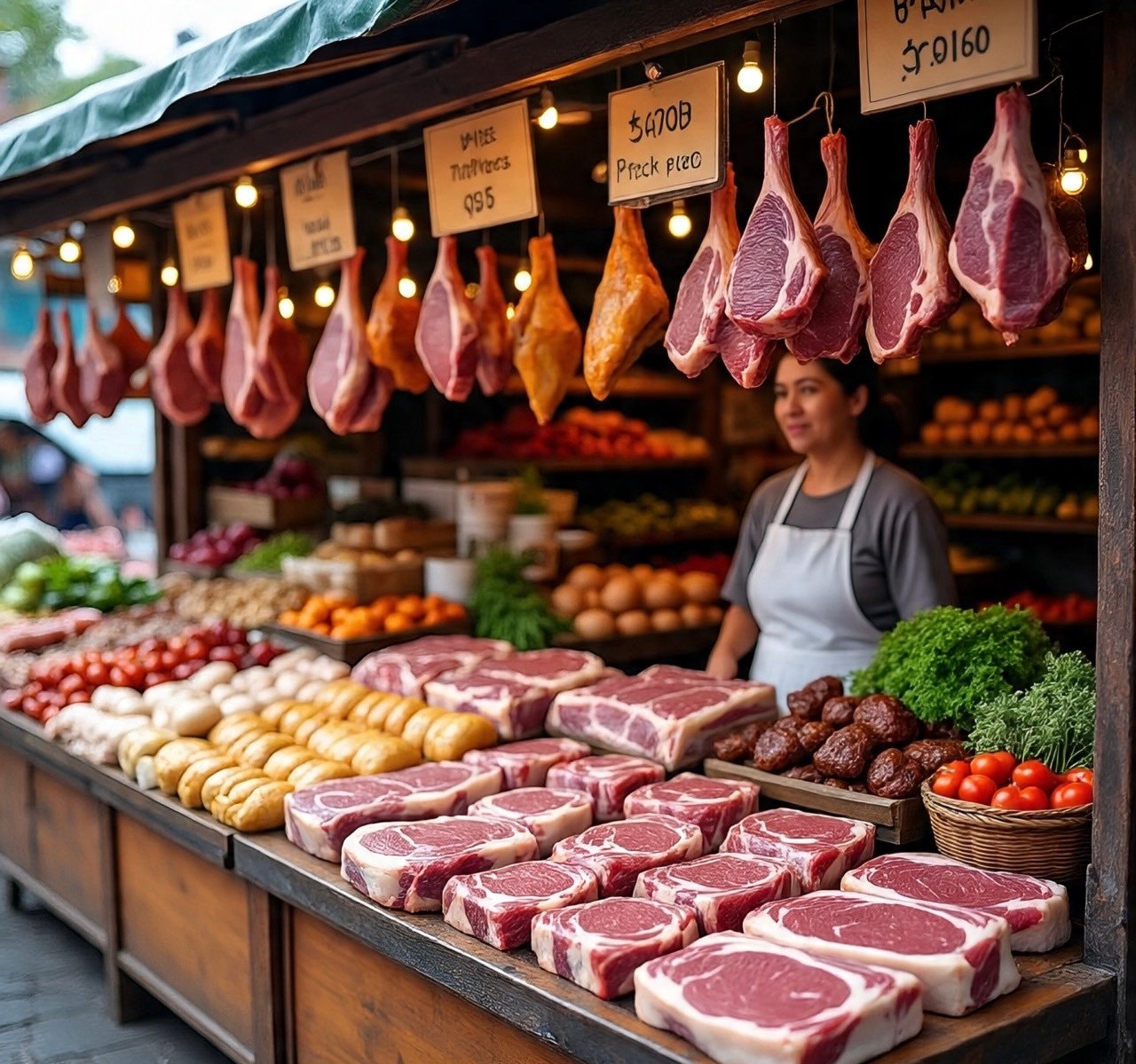The International Agency for Research on Cancer (IARC) has issued a serious global warning, identifying alcohol as one of the world’s most preventable causes of cancer. Despite numerous awareness campaigns, alcohol consumption continues to rise in several regions, including South-East Asia, the Americas, and the Western Pacific.
Europe still reports the highest levels of drinking. However, fewer than half of Europeans know that alcohol directly causes cancer. This alarming gap in awareness underscores the urgent need for stronger public health messaging and global policy reforms.
Scientific Evidence Linking Alcohol to Cancer
IARC first classified alcohol as carcinogenic to humans in 1988. Its latest Evidence Summary Brief reinforces this classification, confirming that alcohol increases the risk of at least seven types of cancer — mouth, throat, oesophagus, liver, breast, colon, and rectum.
Even small amounts of alcohol elevate risk. Globally, around 4% of all new cancer cases each year are linked to alcohol consumption.
“Alcohol causes over 200 diseases and injuries, including cancer,” said Dr. Harriet Rumgay from IARC’s Cancer Surveillance Branch. “Reducing alcohol intake directly reduces cancer risk. No level of drinking is completely safe.”
The Growing Global Burden and Economic Impact
In 2020, alcohol use was associated with 741,000 new cancer cases worldwide, nearly 4% of all diagnoses. Men accounted for more than three-quarters of these cases.
Top alcohol-related cancers included:
- Oesophageal cancer: 190,000 cases
- Liver cancer: 155,000 cases
- Female breast cancer: 98,000 cases
Eastern Asia and Central and Eastern Europe recorded the highest rates of alcohol-attributable cancers. Northern Africa and Western Asia reported less than 1%.
Even moderate drinkers — consuming fewer than two drinks per day — contributed to over 100,000 new cancer cases globally.
Economically, the losses are immense. In Europe alone, alcohol-related cancer deaths cost an estimated €4.6 billion annually in lost productivity — excluding healthcare expenses and unpaid labor.
Reducing or Quitting Alcohol: A Clear Path to Lower Risk
Experts confirm that reducing or completely quitting alcohol significantly lowers cancer risks, especially for oesophageal and oral cavity cancers. The longer a person stays alcohol-free, the lower their risk becomes.
Although evidence for other cancers remains under review, one trend is consistent — less alcohol equals less cancer risk.
Effective Alcohol Control Policies: What Works
In 2024, an IARC expert group reviewed which policies most effectively cut alcohol consumption. The most successful interventions were:
- Increasing taxes or setting minimum prices
- Restricting marketing and advertisements
- Limiting sales hours and outlet density
- Raising the legal drinking age
- Enforcing government sales monopolies
A model analysis revealed that doubling alcohol excise taxes could have prevented 6% of new alcohol-related cancers in Europe in 2019, particularly breast and colorectal cancers.
“Policies that raise prices or limit availability are proven to reduce consumption,” said Dr. Daniela Mariosa from IARC’s Evidence Synthesis and Classification Branch.
A Global Call to Action
The IARC’s latest brief calls for immediate international collaboration and policy reform.
“Raising awareness about alcohol’s cancer risks and stressing that no amount of drinking is safe are crucial,” said Dr. Béatrice Lauby-Secretan, Deputy Head of IARC’s Evidence Synthesis Branch.
Health experts urge governments, communities, and organizations to adopt evidence-based measures that make alcohol less available, less affordable, and less attractive.
The takeaway is clear — alcohol is not just a lifestyle choice; it is a global health threat. Reducing consumption can prevent cancers, save lives, and reduce the massive global disease burden.
Q&A: Understanding Alcohol and Cancer Risks
Q1: Can moderate drinking still cause cancer?
Yes. Even low or occasional alcohol intake increases cancer risk, particularly for breast and oesophageal cancers.
Q2: Which cancers are most linked to alcohol?
Oesophageal, liver, and breast cancers show the strongest evidence of causation.
Q3: How can quitting alcohol help?
Risk begins to decline soon after quitting and continues to fall the longer one remains alcohol-free.
Q4: What policies can reduce alcohol-related harm?
Higher taxes, restricted marketing, and limited availability effectively reduce both consumption and cancer risk.
FAQs
Does red wine have protective health benefits?
No. Research consistently shows that any amount of alcohol increases cancer risk, regardless of beverage type.
How many cancer cases are caused by alcohol globally?
Approximately 741,000 new cases annually — about 4% of all global cancer diagnoses — are linked to alcohol use.
Are some populations more vulnerable?
Yes. Men in Eastern Asia and Central Europe, and women in Western Europe, face higher alcohol-related cancer rates.
Final Thoughts
Alcohol remains one of the most overlooked yet preventable causes of cancer worldwide. Despite decades of evidence, public awareness remains dangerously low.
Health experts unanimously agree — there is no safe level of alcohol consumption. Reducing intake, raising taxes, and enforcing stricter regulations can save millions of lives and reduce the economic toll of disease.
The time for global action is now.
Disclaimer:
The information provided in this article is for general informational purposes only and should not be considered medical advice. Always consult a qualified physician or healthcare professional before starting any new health practice, treatment, or following the tips mentioned here.




